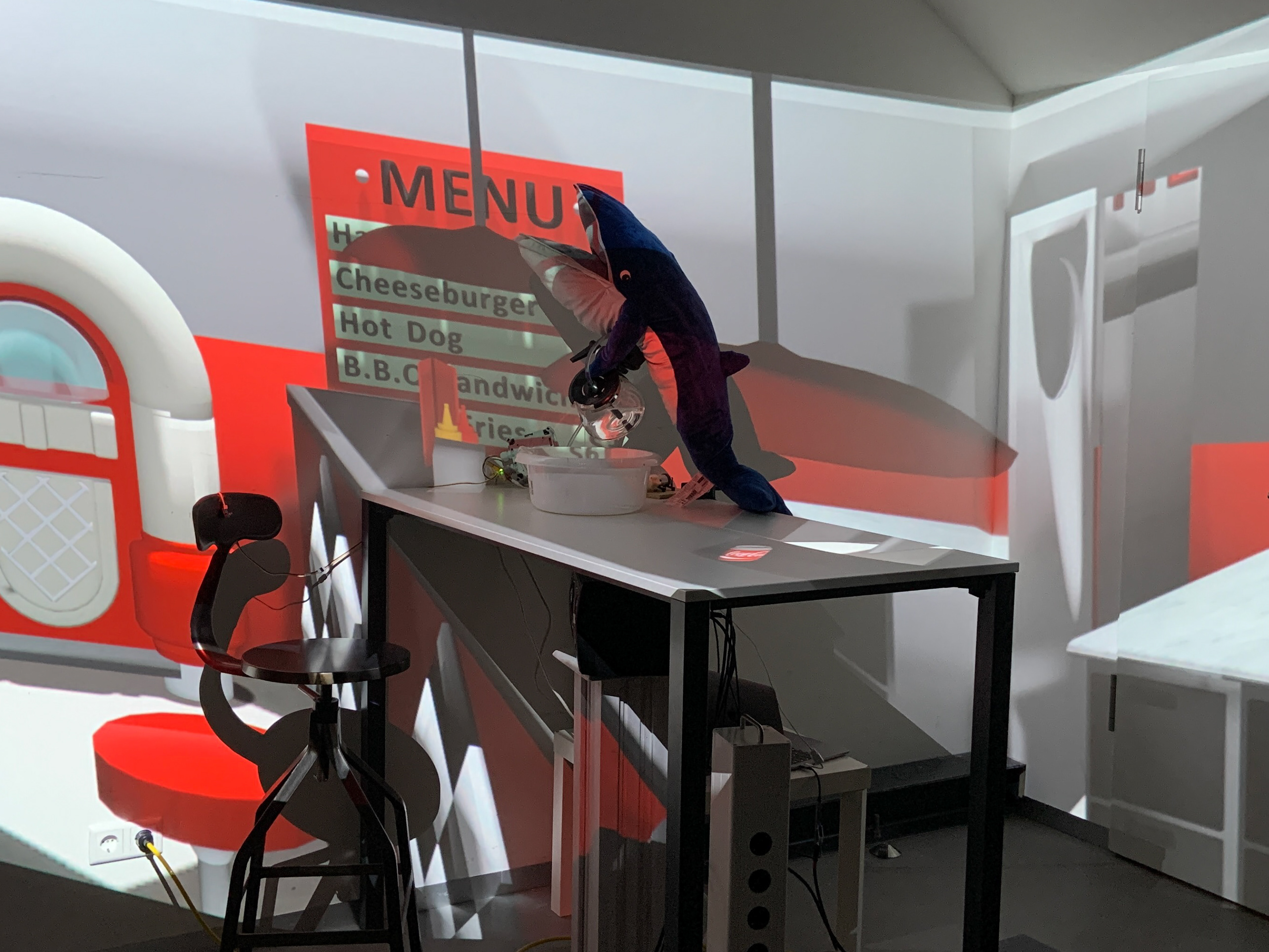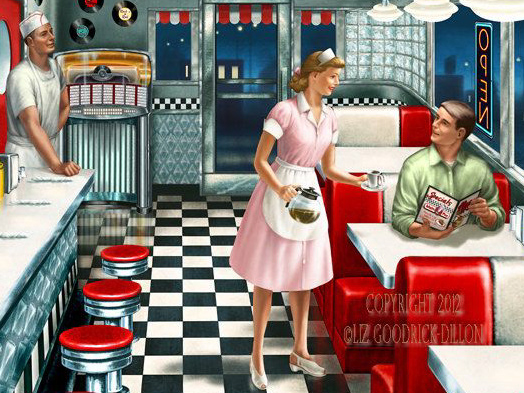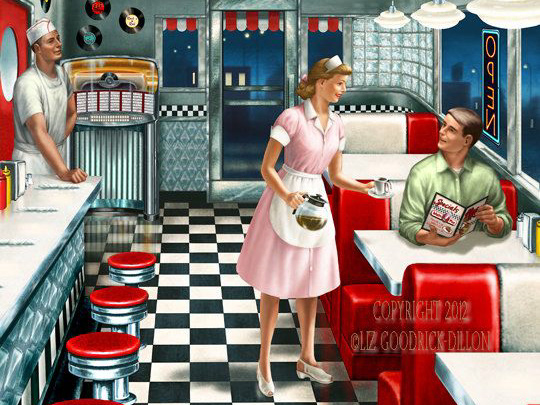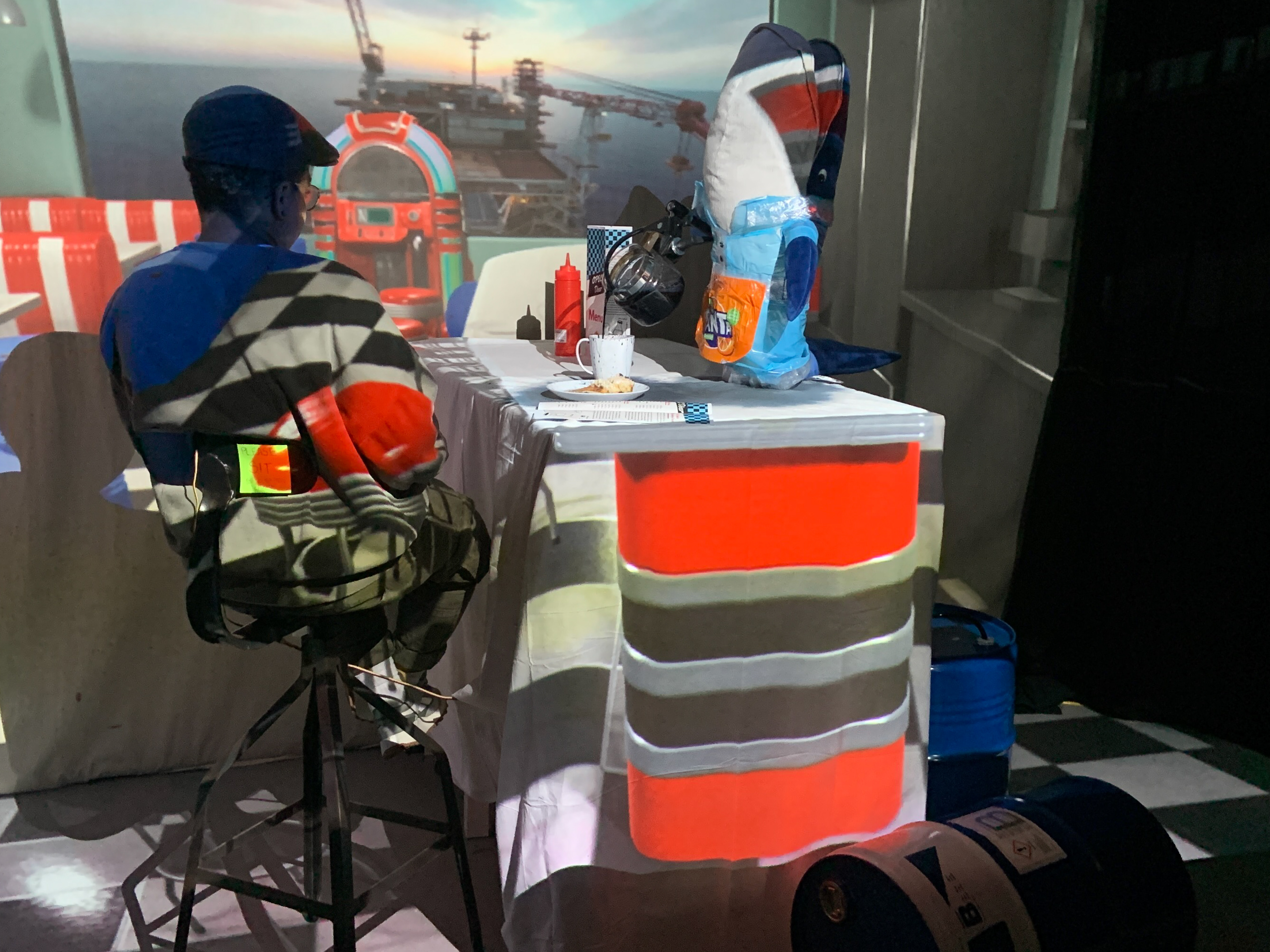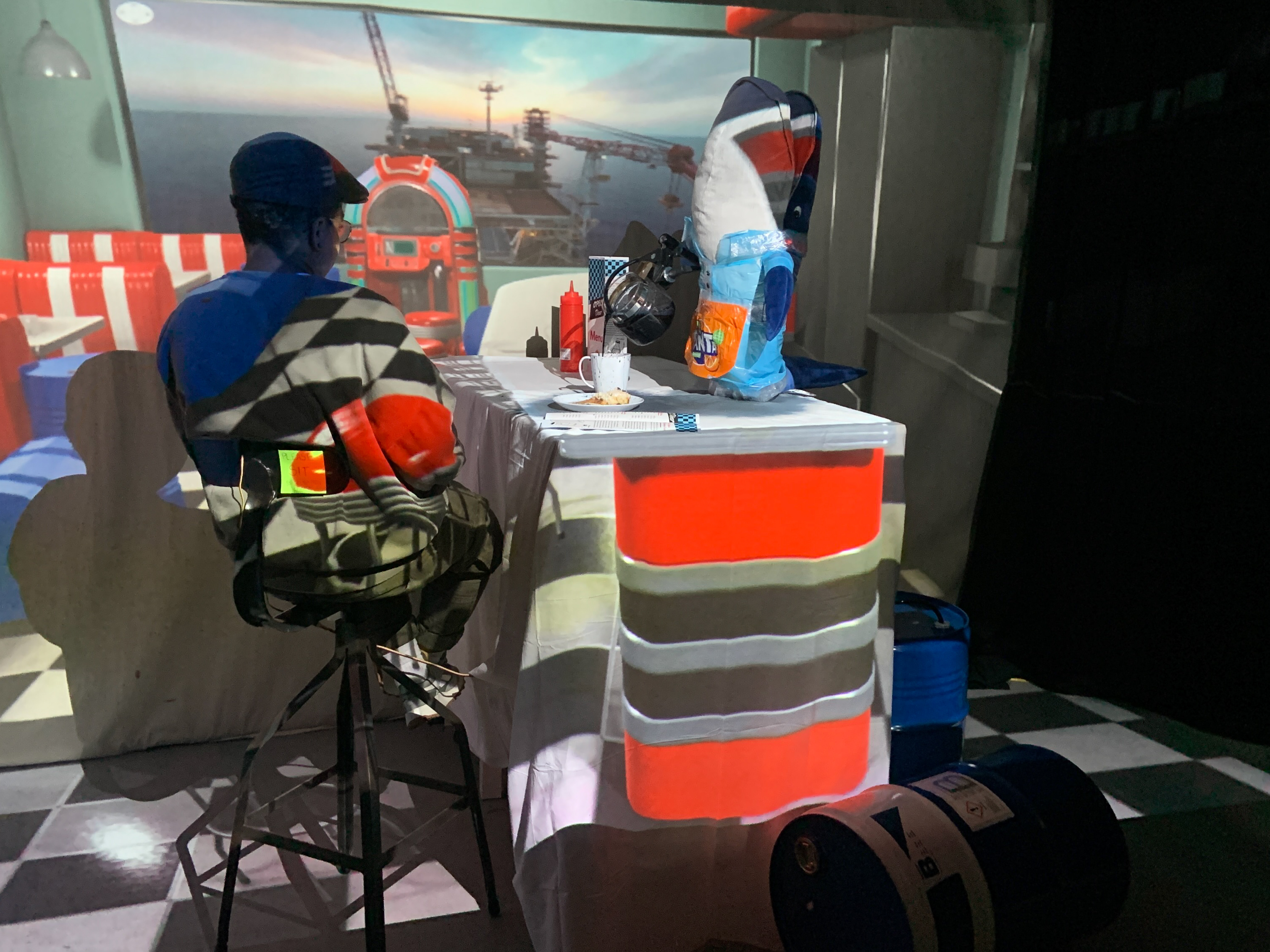Press Photo Research
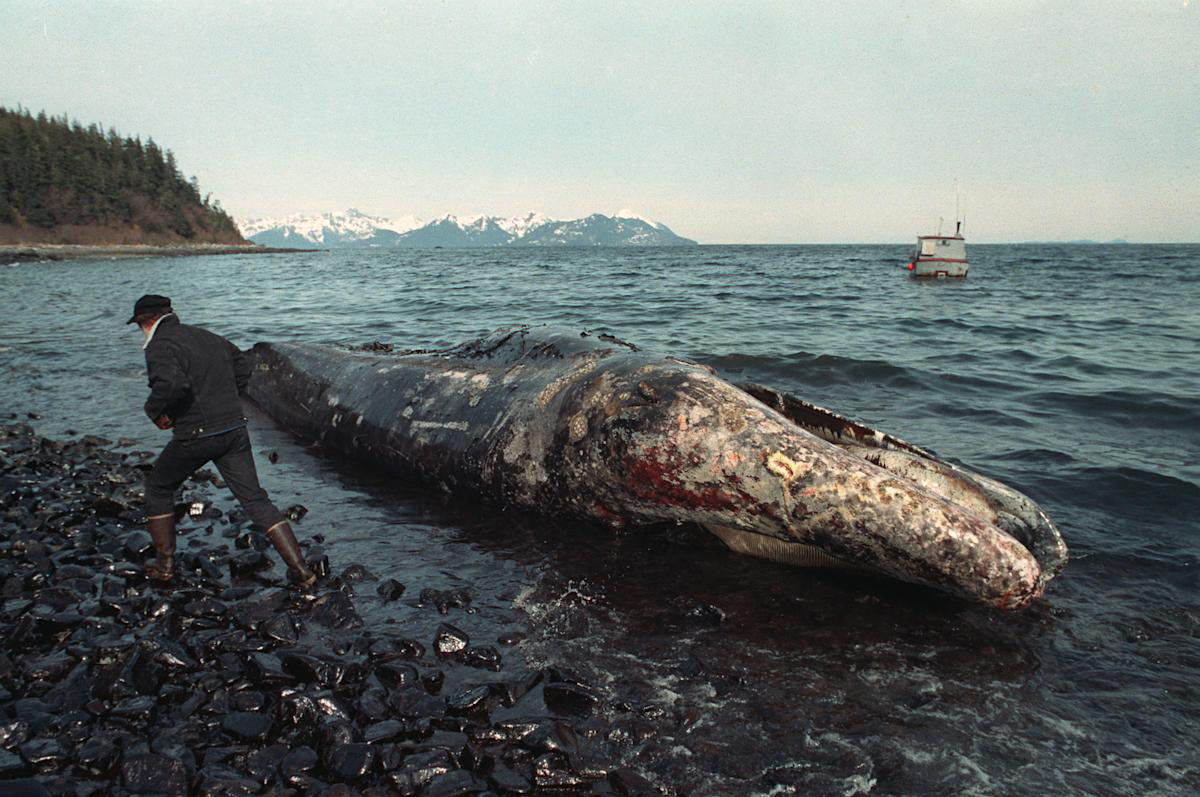
EXXON VALDEZ OIL SPILL WHALE- JOHN GAPS III

A CLOSE UP OF THE OIL SOAKED BIRD - GERALD HERBERT
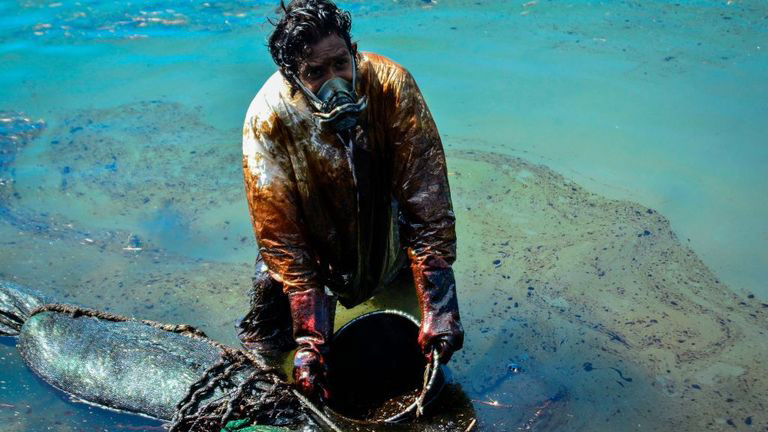
TOPSHOT MAURITIUS ENVIRONMENT DISASTER OIL - JEAN AURELIO PRUDENCE
I started this project by looking into press photos that included oil sustainability, and global warming. I choose these themes as they are personal interests and are currently relevant in today's society due to the cost of living crisis around the world that is due to many factors including our reliance on fossil fuels (mainly oil) that are destroying our planet. These three photos grabbed my attention.
(from top right, top left, and bottom centre)
EXXON VALDEZ OIL SPILL WHALE- JOHN GAPS III:
This image grabbed my attention as it depicts one of my favourite animals, the whale, having succumbed to one of the things I fear most, pollution. This whale drowned in the oil-polluted waters. I feel like the whale coated in oil brings a strong message. How this humongous creature can be defeated by something that many don't see?
A CLOSE-UP OF THE OIL-SOAKED BIRD - GERALD HERBERT:
The orange-rusted boat against the boat contrasts yet simultaneously blends in with the boat. Also, the helplessness and urgency of the bird trying to escape the oil were really interesting to think about.
TOPSHOT MAURITIUS ENVIRONMENT DISASTER OIL - JEAN AURELIO PRUDENCE:
The first thing that caught my attention in this image was the colours. It's not the typical black colour in the blue sea we think of when we think of oil in the ocean. The panic and desperation on the man's face also convey the urgency of the situation. Lastly, the dead fish floating next to him shows the effects oil spills have on the sea creature population.
I decided to go with the photo, "Topshot Mauritius Environment Disaster Oil Spill" by Jean Aurelio Prudence as I felt the colours could be really fun to play with and could create an interesting sense of juxtaposition and irony in the installation I make. I also felt it allows for a lot of talking points not only about how the oil spills affect the ocean's wildlife but also about the supply and demand issues we are having today affect us in the non-typical sense.
Initial Research
I knew I wanted to do two things:
1. Have analogue imagery
2. Tell a story without having to play it like a video or listening to someone telling you
I started by printing out the press photo and using sticky labels, I wrote down themes and things I thought when I looked at the picture. Then, my classmates did the same thing. After this, I picked two themes (one of my own and one of my other classmates)
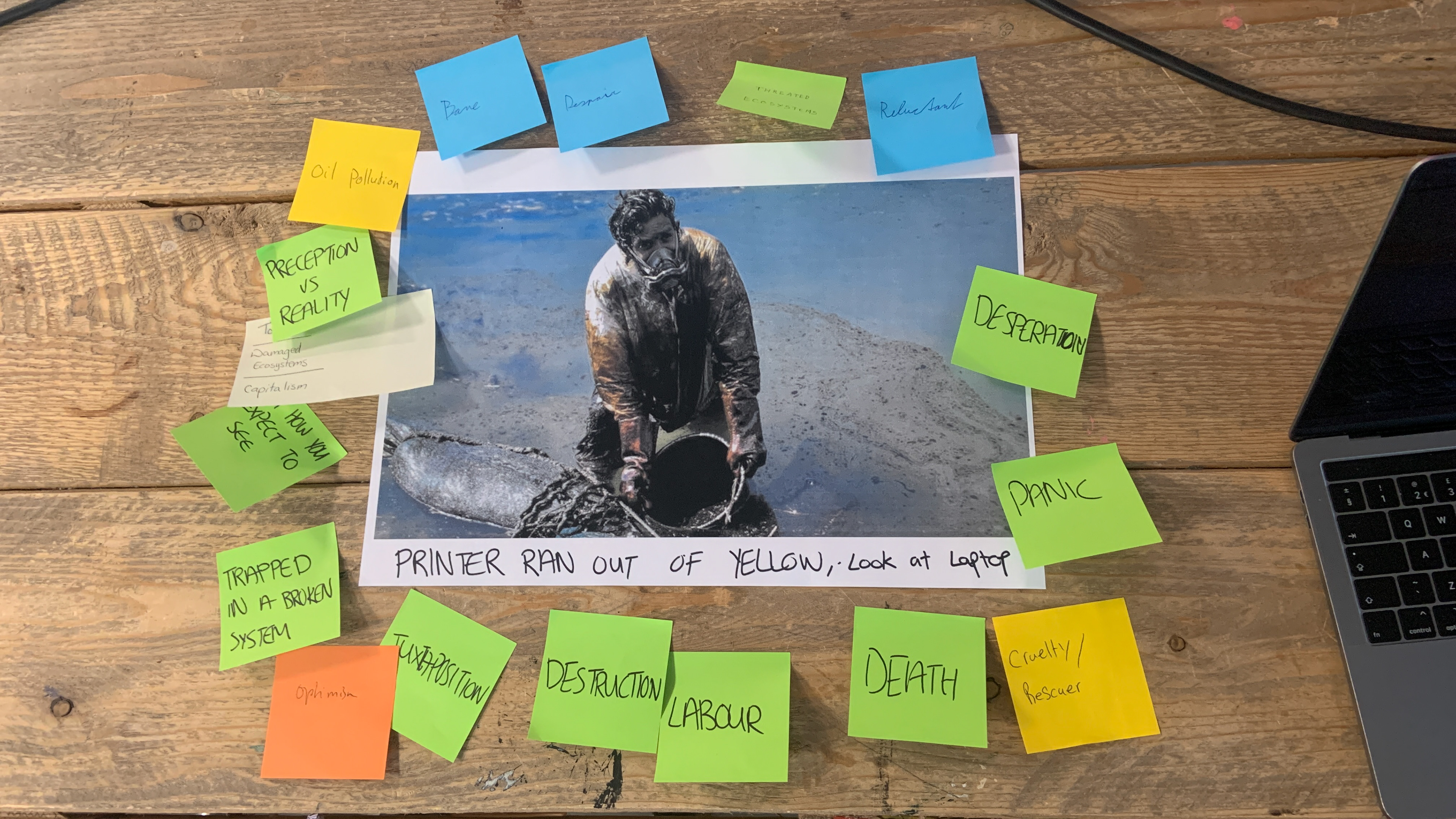
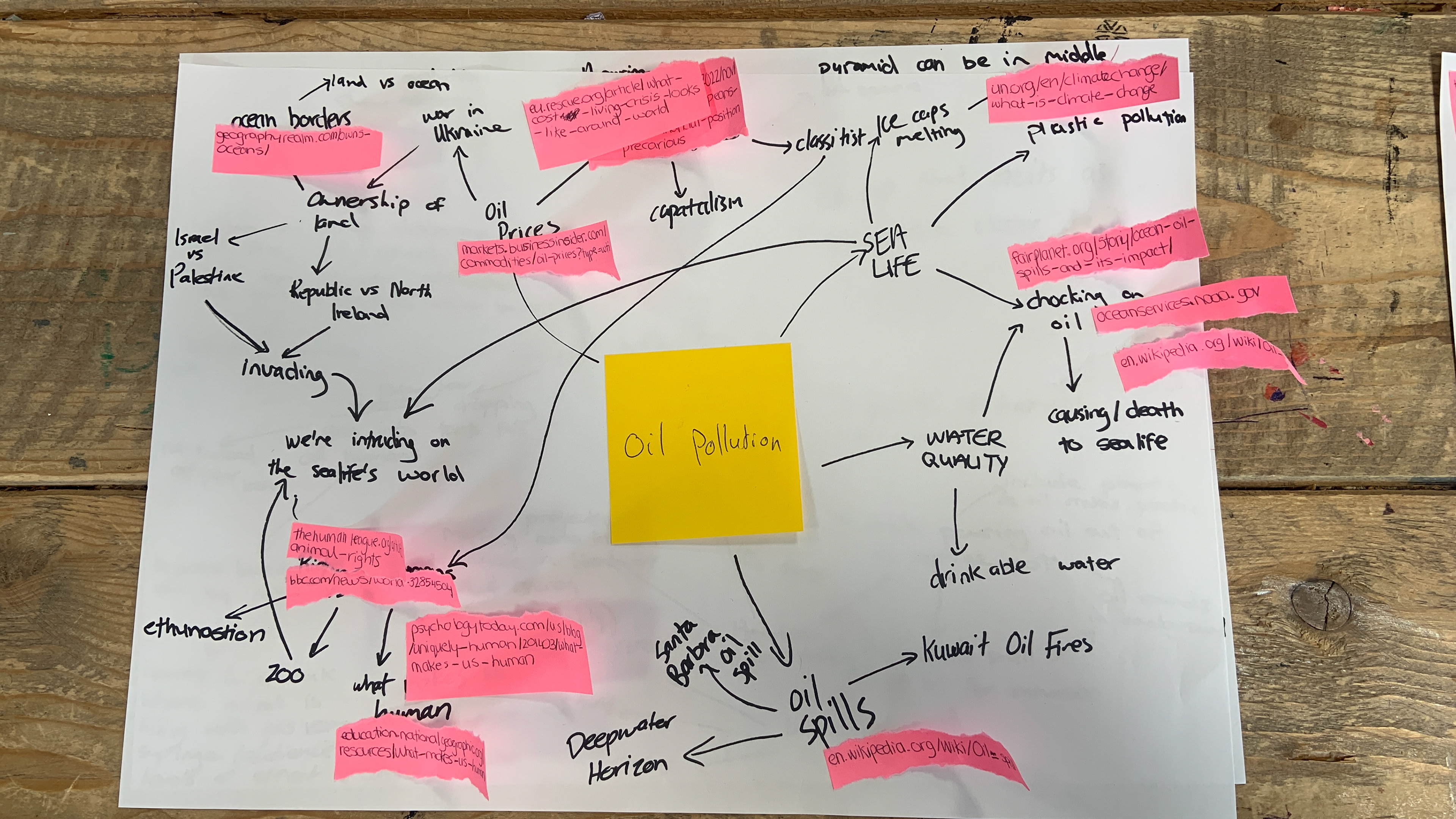
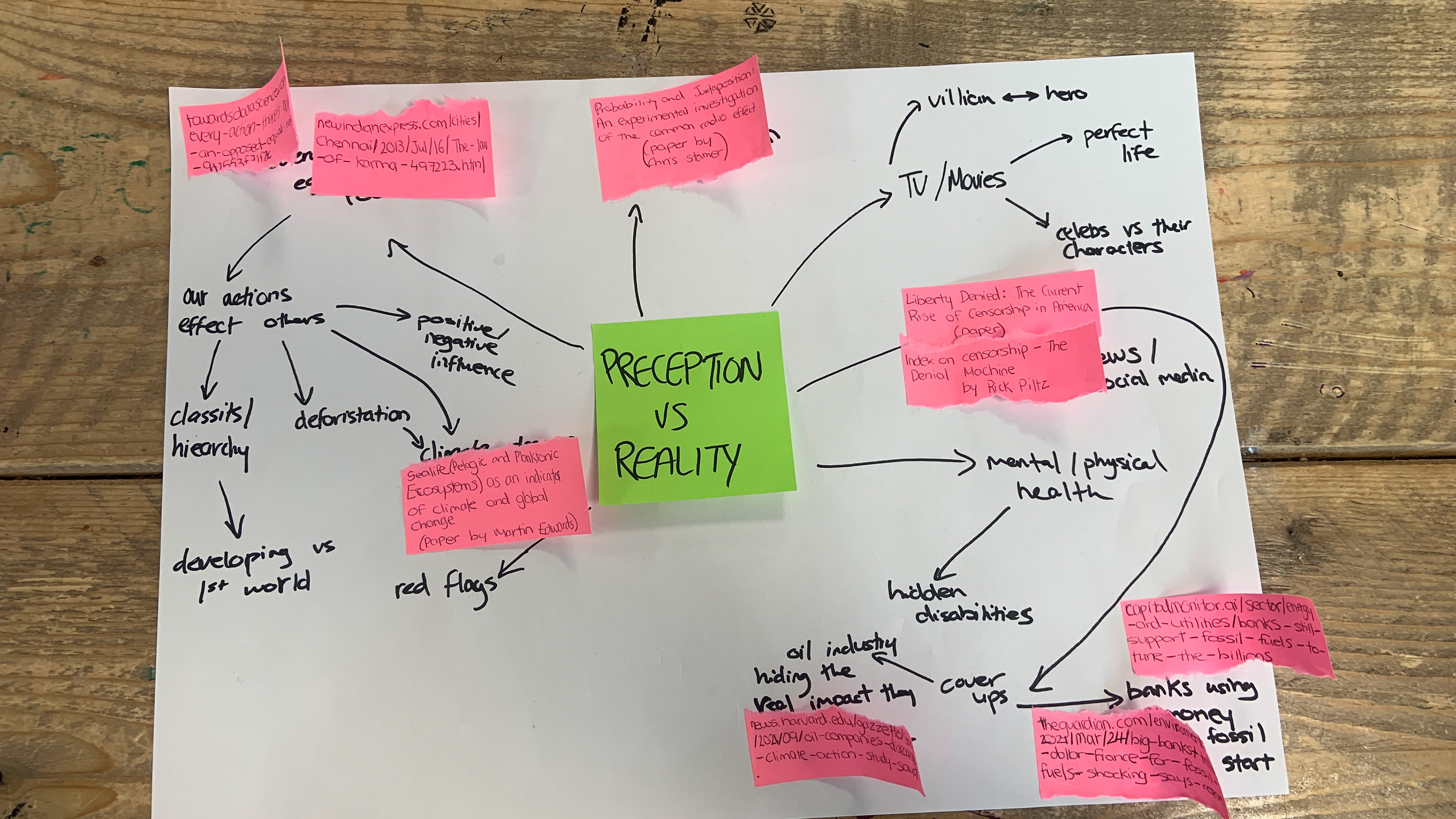
Inspirational Imagery
I started by googling "art about ocean pollution." These photos were some photos I found initially that gave me some inspiration and that I really admired. I really loved the use of colour, 3D elements, and mixed media.

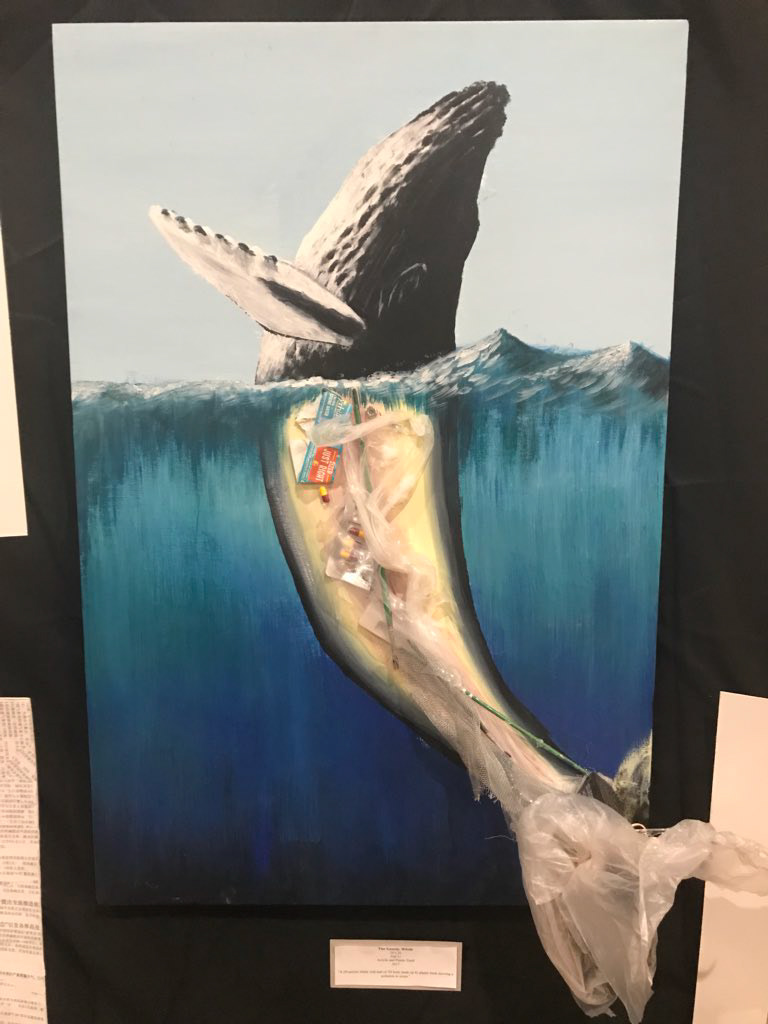
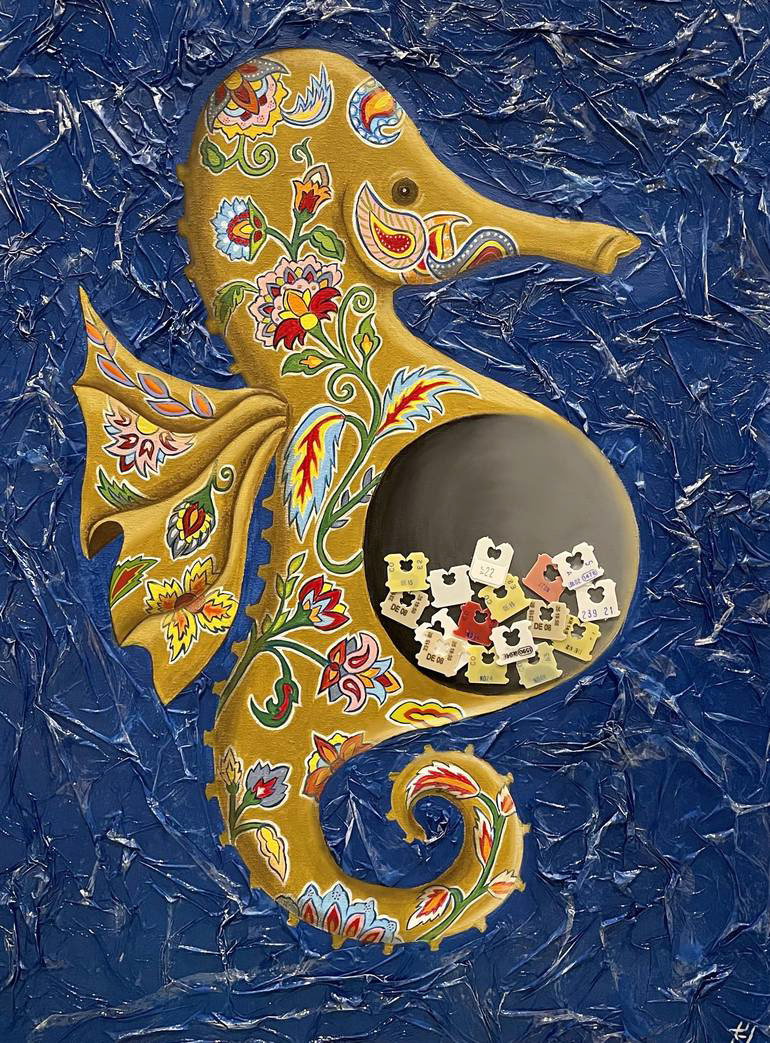
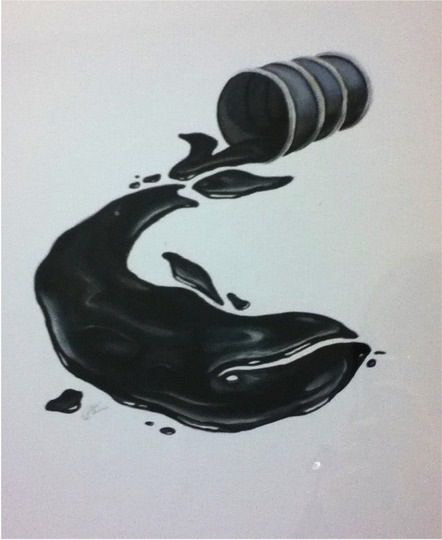

I also found these pieces for the concept I came up with, I really loved these two pieces. In particular, I found huge inspiration from the painting on the left, "Woman at the window watching the Oil spill" by JC Amorrortu. I loved how looking out of the window at the oil rig leaking oil creates this sense of uneasiness.
installation Brainstorming/Research
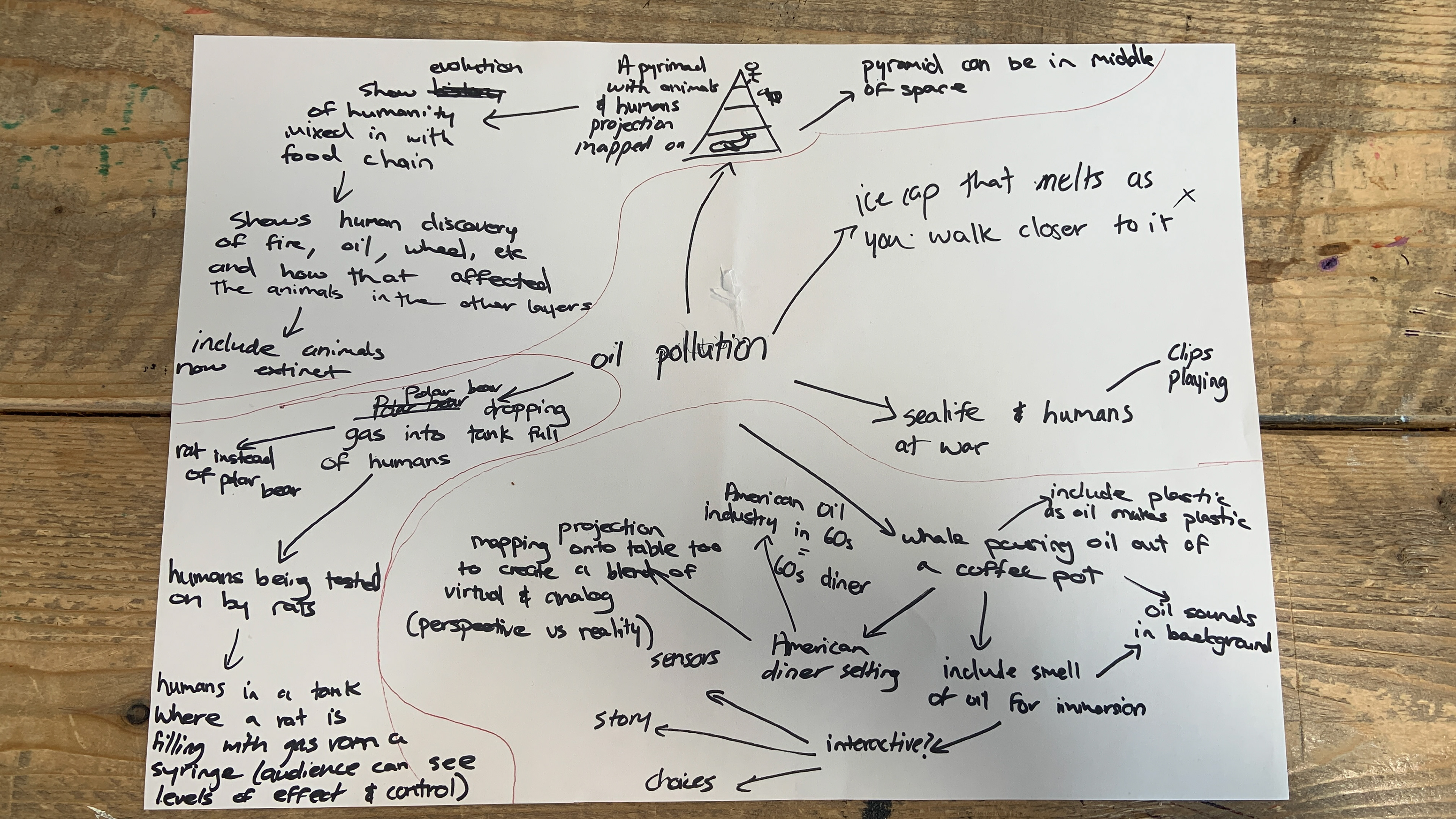

I took my chosen theme and started brainstorming some concepts through a mind map as you can see to the left as well as some elaboration on those concepts. Some other concepts I had come up with the outside of this mindmap included:
1. Using a whale pillow in my room. The mouth zips open and closed and I'm considering filling it with plastic and using some RGB lights to create the water underneath it Then pairing this visual with
2. At first I wanted to draw inspiration from the artwork with the seahorse as seen above. However, I wanted to do something with whales instead of sea horses
3. Using the spandex frame, project the sea from underneath. Place plastic and other polluters on top of the structure and the whale pillow I have. Find a way to make the spandex move so it looks like the waves are moving in real life
I really like the idea I had come up with with a whale serving the audience a cup of oil. I could imagine using an oil burner to create the intense smell of oil in the area as well as using the sounds of coffee brewing but with the subtle sound of an oil rig running simultaneously. I felt it talked a lot about the pollution of the oceans and the ecosystem that lives in them, as well as the current topic of oil prices and supply issues. Similar to the finish that has died and the panicked man in the press photo
I also had this image in my head of a 1960's diner with the waitress pouring the customer a coffee, the real "American Dream" ess feeling and wanted to incorporate as the oil industry during this period was hugely important (especially in the states). I also wanted to create this feeling of juxtaposition that I felt from the press photo
I then started doing research into these themes I had come up with including the history of the oil industry, specifically in 1960s America, as well as the American Dream and the media designed at the time to try and portray this concept (that I personally believe is more of an illusion)
Influential Time Periods in the Oil Industry
Looking into the oil industry in 1960's America was important as it would help me understand the impact of the industry. I learnt that between 1960 and 1970 the demand for oil rose exponentially. However, the United States did not have the domestic production to meet this demand and had to start sourcing it in other countries. This started the creation of OPEC (Organizing of Petroleum Exporting Countries). This consisted of 5 countries, Saudi Arabia, Iran, Iraq, Kuwait, and Venezuela, and as further expanded to include Qatar (1961), Indonesia (1962), Libya (1962), the United Arab Emirates (1967), Algeria (1969), and 6 more up to 2018.
In 1969, the Santa Barbra Oil spill occurred and was the biggest oil spill in American history. Three million gallons of oil escaped into the ocean. This was devastating to the marine life in the area. This marine life includes humpback whales during the summer months as they are attracted to the warm waters

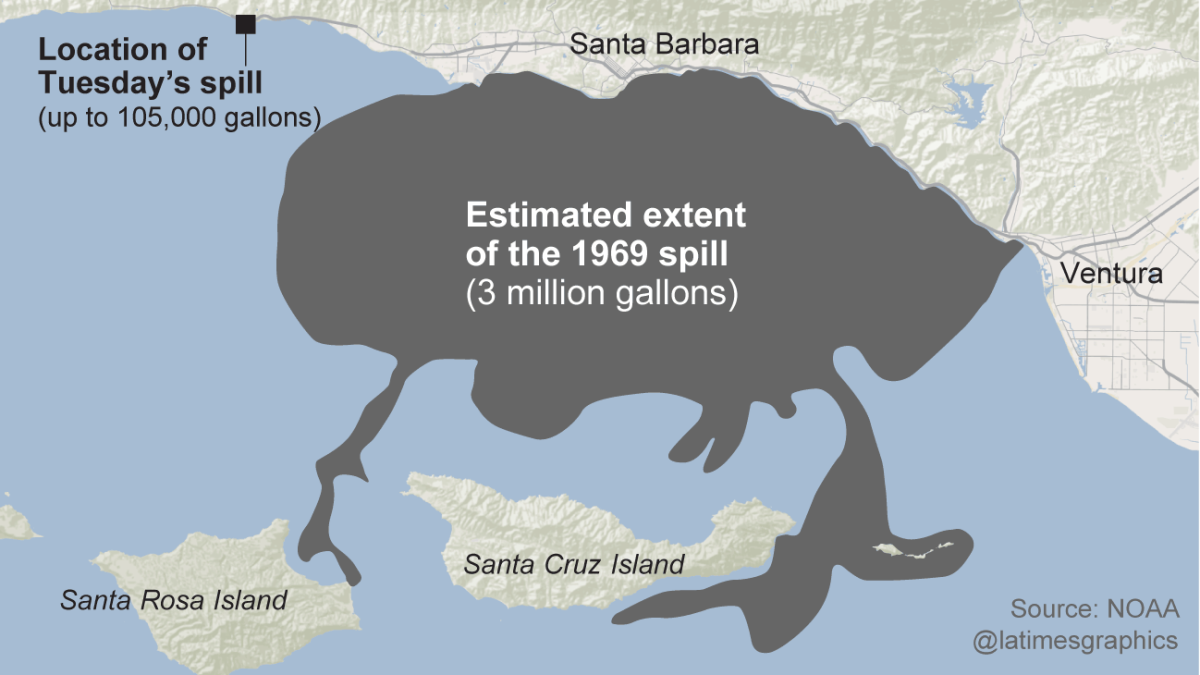
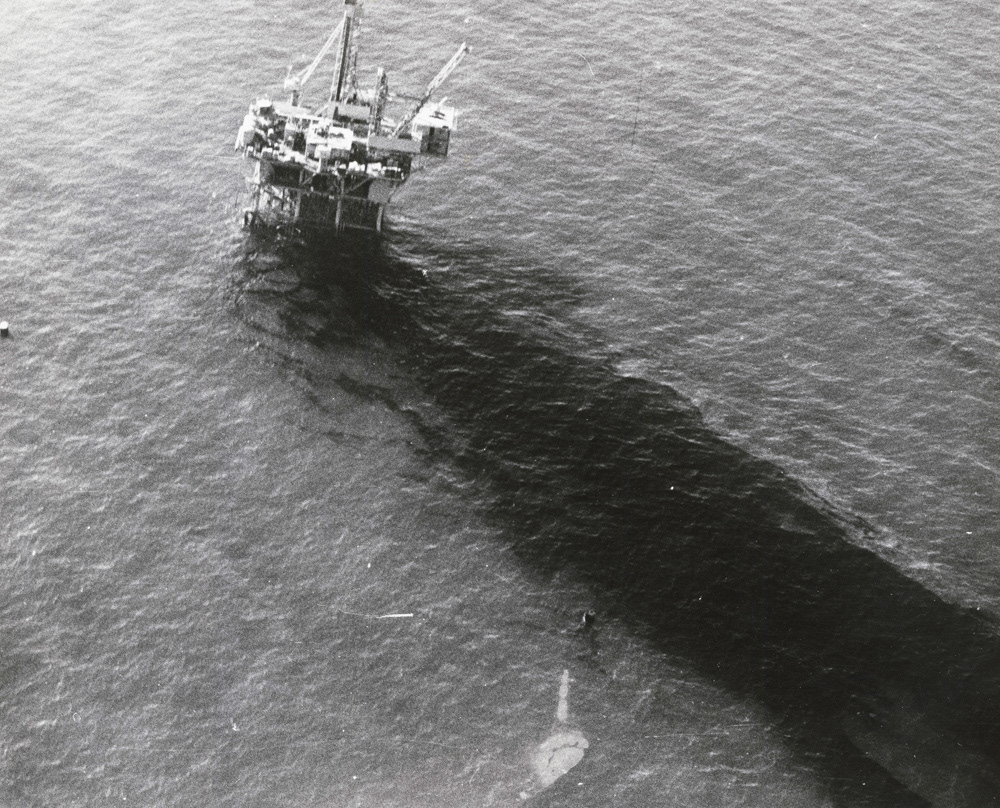
The American Dream and 1960's Media
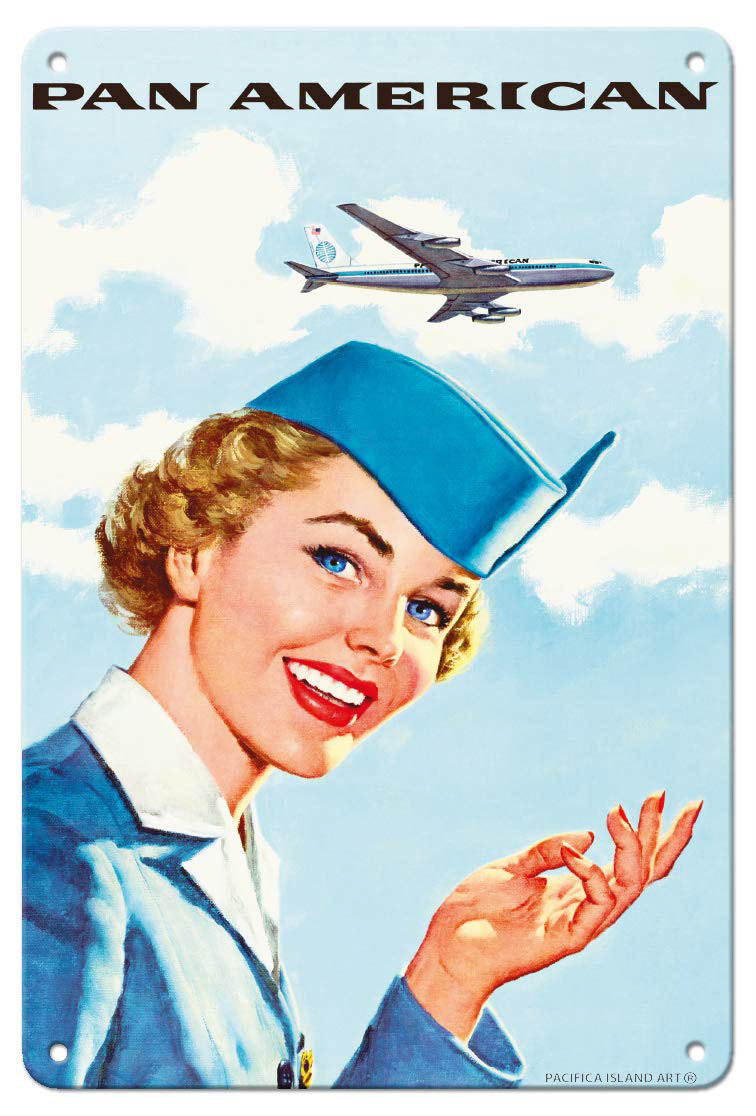
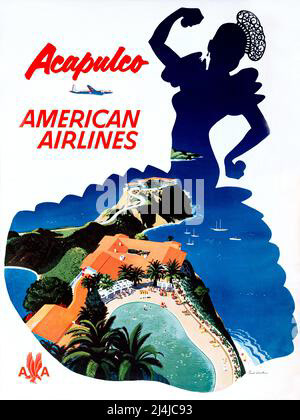
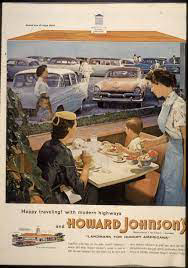
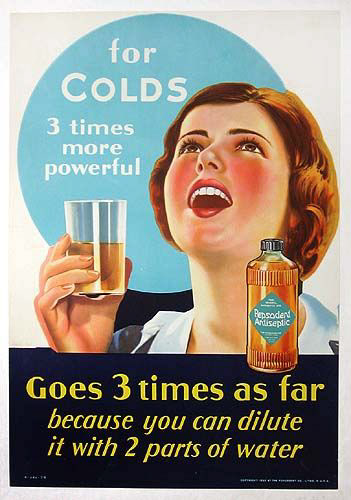
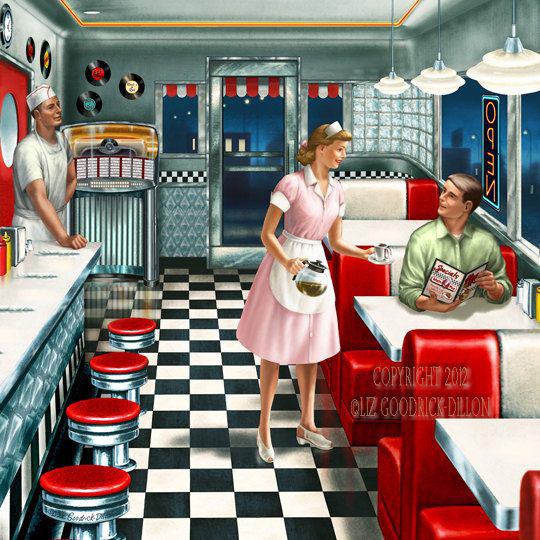
"The American Dream" and its importance in 1960s was something I wanted to make sure I understood before developing my idea further. The Oxford Dictionary's definition of the "American Dream," is, "the ideal by which equality of opportunity is available to any American, allowing the highest aspirations and goals to be achieved." The American dream in the 1960s was focused on basic human rights. Dr Martin Luther King and Malcolm X. I found this interesting with the theme I was going with as during this time period there was so much focus on human rights but what about the rights of the marine animals in their waters?
I also did research into posters made during this time period and found they very much fit into and try to sell the idea of the American dream. Bright colours, happy faces, and the appearance that everything is perfect.
Finalising INSTALLATION concept
The finalised concept is a 1960s American dinner that will be projected onto a white table and a wall. The dinner counter will be projected onto the table and continue onto the background blending the physical into the projection. In the background, there will be a window which will show you that the diner is actually on an oil rig with oil spewing out into the surrounding water. I will then have a whale pouring a cup of coffee into a cup on the table. The coffee, however, will be oil. There will also be an essential oil diffuser releasing the smell of oil to intensify the smell and create more sense of immersion.
The audio will be a mixture of restaurant ambience, whale sounds, and oil rigging. This mixture of these audios will help build a sense of juxtaposition.
The reason I decided to make a piece about the oil industry and its effect on sea life is that I feel that this is something, like many sustainability efforts, that is overlooked by the general public. There are trends when people care about it for a short period of time and then it goes ignored again. I also feel that we and under the impression that the things we are being warned about, floods, warming of the planet, air pollution, etc, are just warnings. But the last has really shown that these things are truly happening. It is not only affecting us but also the sea life. Our actions, and lack of reactions, are melting ice caps that are affecting polar bears and penguins. The increase in plastic and dumping has birds and small animals choking, trapped, and ill from ingestion.
The oil industry is one of the biggest factors in the pollution of oceans. Due to supply and demand that has only exponentially increased since the 1960s, oil spills in the ocean have increased which has led to the reduction in sea life population due to not being able to return to mate, drowning in the oil, etc.
We are adding more and more things into the world of animals and specifically sealifes' world that makes it more and more unlivable. What would it be like if they had done that to us? I want to make an installation that reflects that and forces people to see the effects our actions have on sealife and our world as a whole. By creating this doomsday feel in this installation we can see how these animals are feeling, and what is ahead for us.
